May 2nd 2023
Lancaster County, Pennsylvania
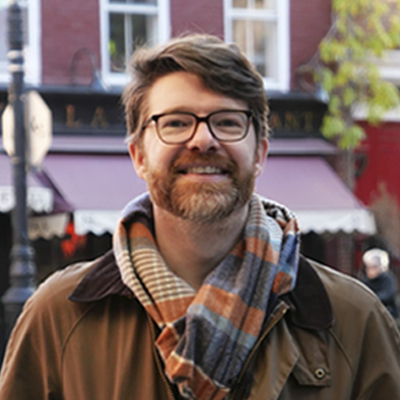
Traveler: Paul Knight
Destination: Lancaster County, Pennsylvania
On a recent site visit to Lancaster County, PA, Paul Knight brought along his Hasselblad 500cm film camera for documenting precedent in the Amish country.
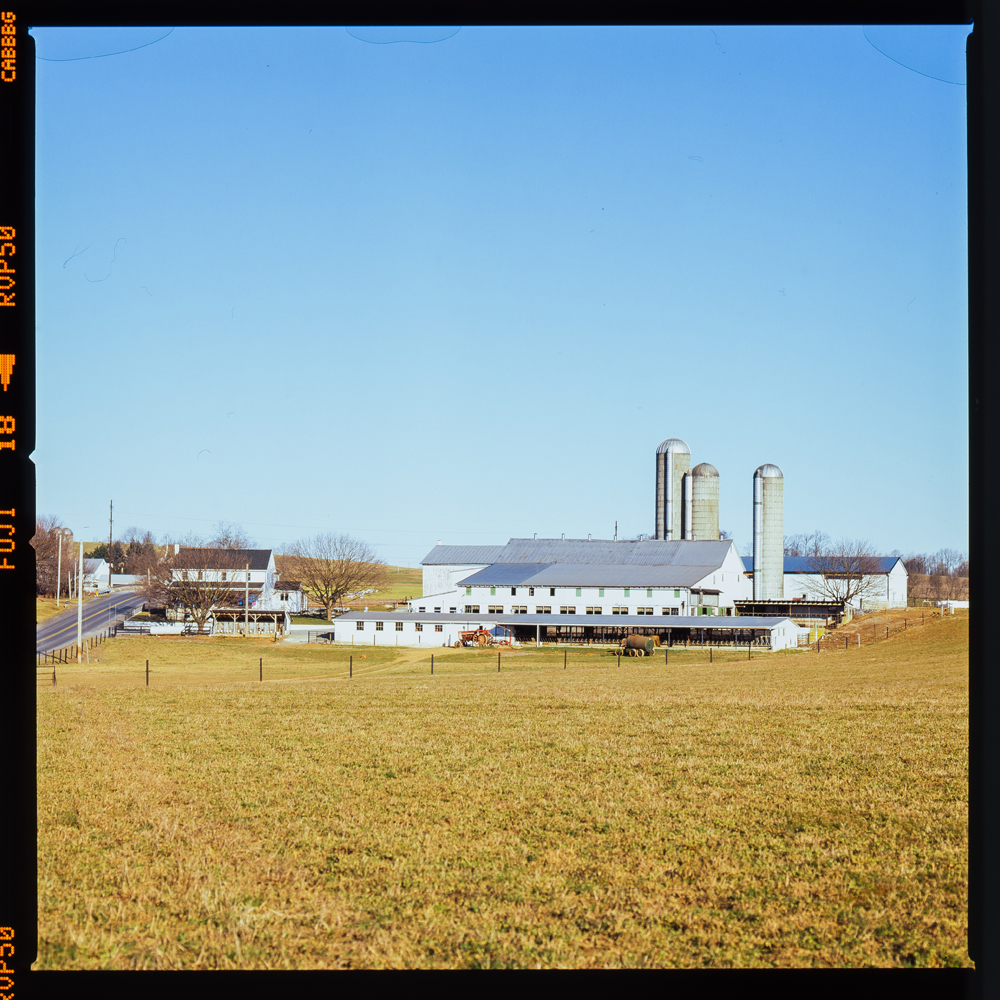
I love these large barn structures. They tell their story through their form, materials, and additions. They’re “honest”, from their construction details to their floor plans. Need more light? Throw a dormer up there. Got another tractor? Throw up another shed.
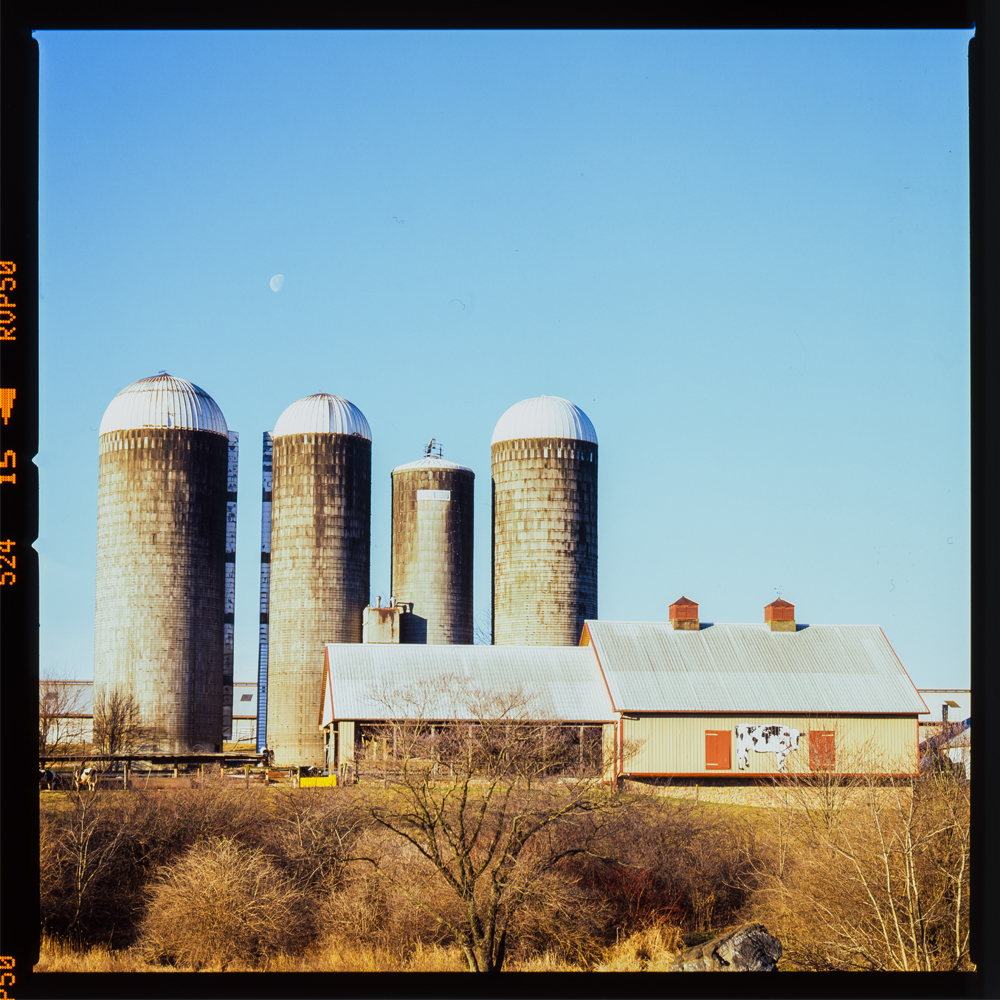
I also love the grain silos. I like to imagine them as small skyscrapers. Imagine if you tried to build a skyscraper out here: you’d be laughed out of town. But you suggest a silo–basically an eight-story cereal box–and you find yourself in welcome company. Humans are funny.
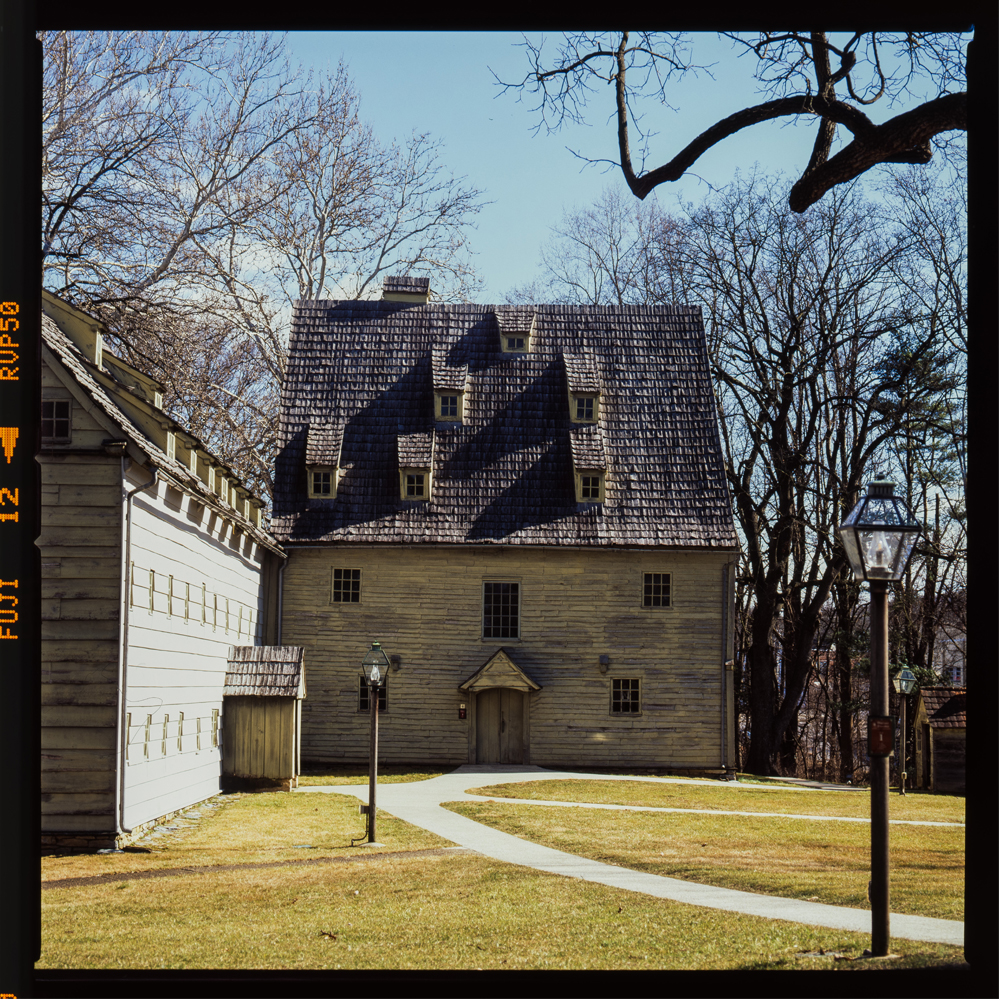
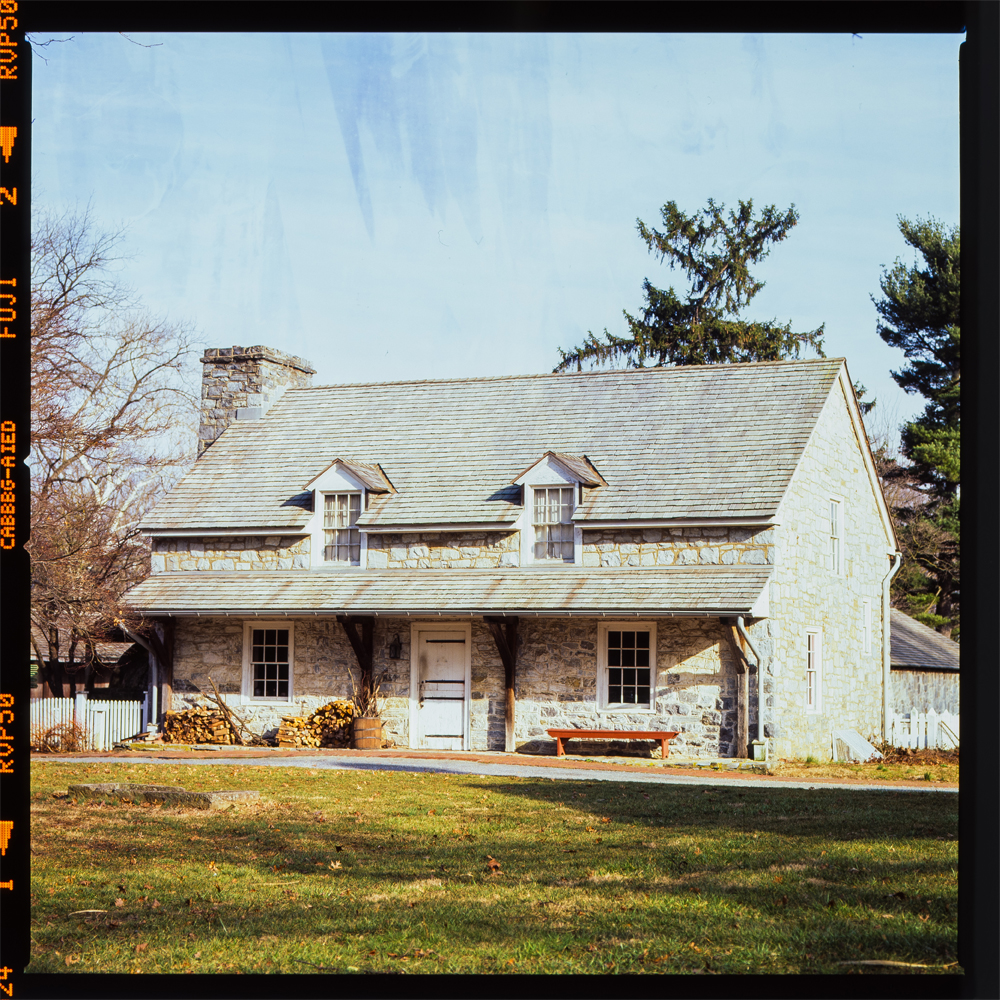
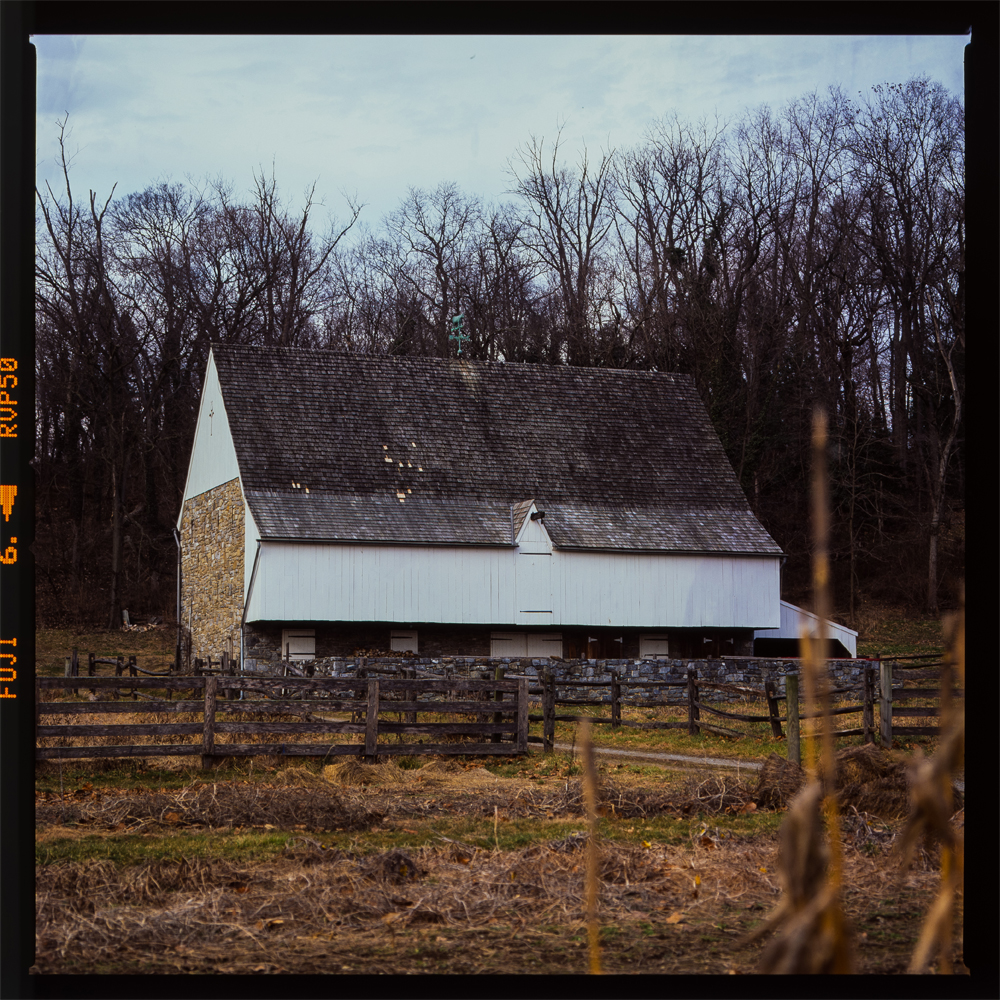
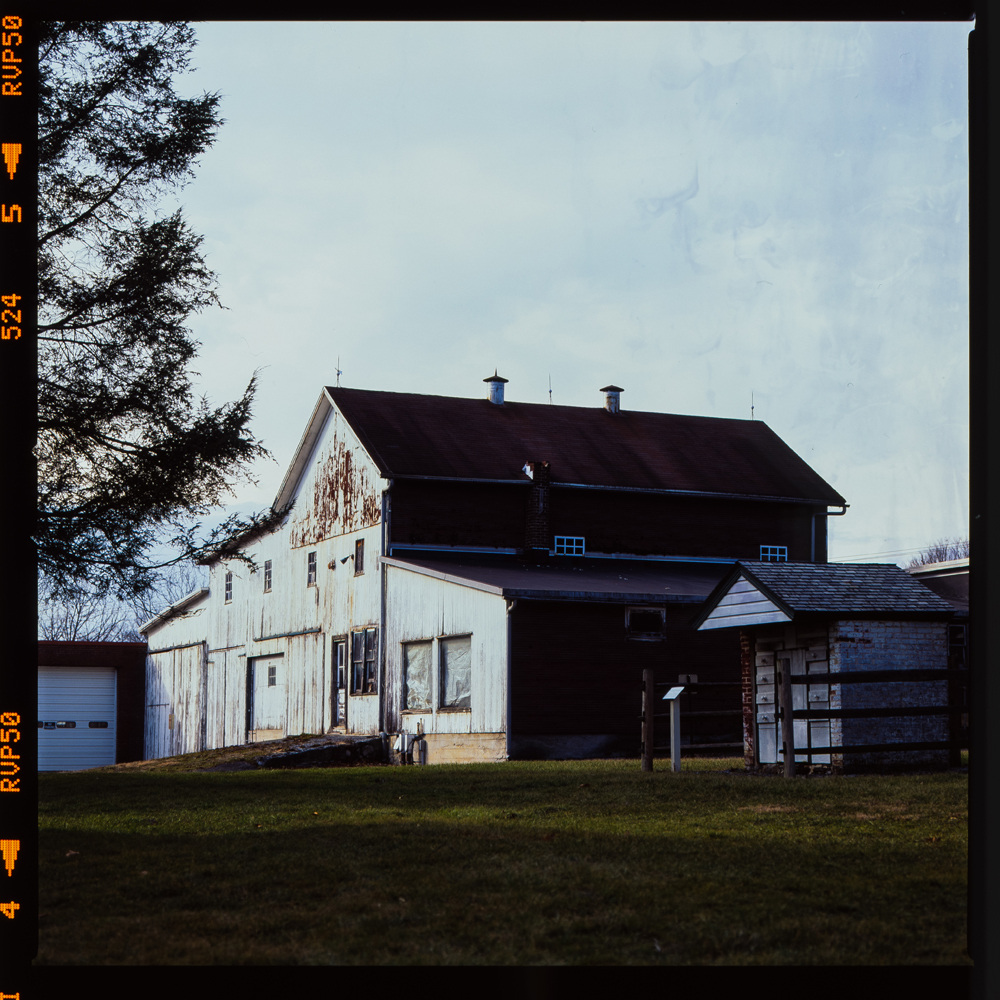
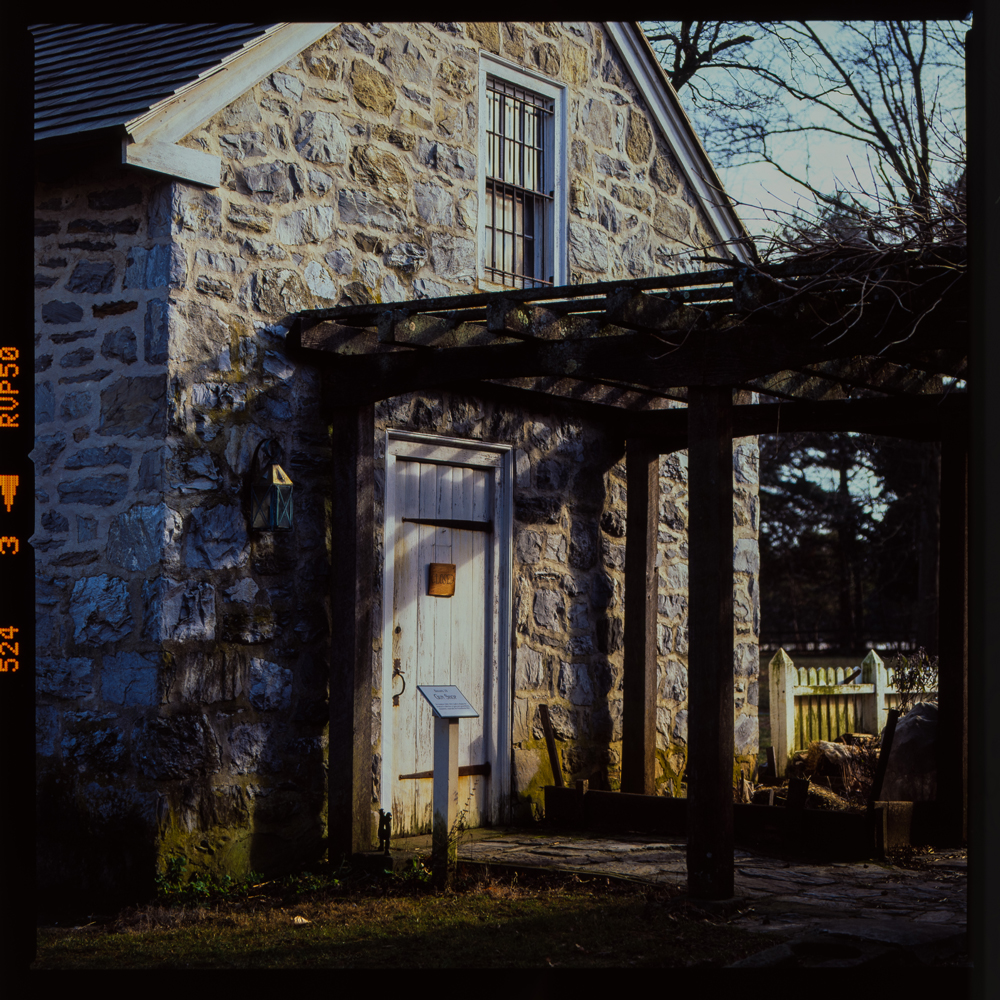
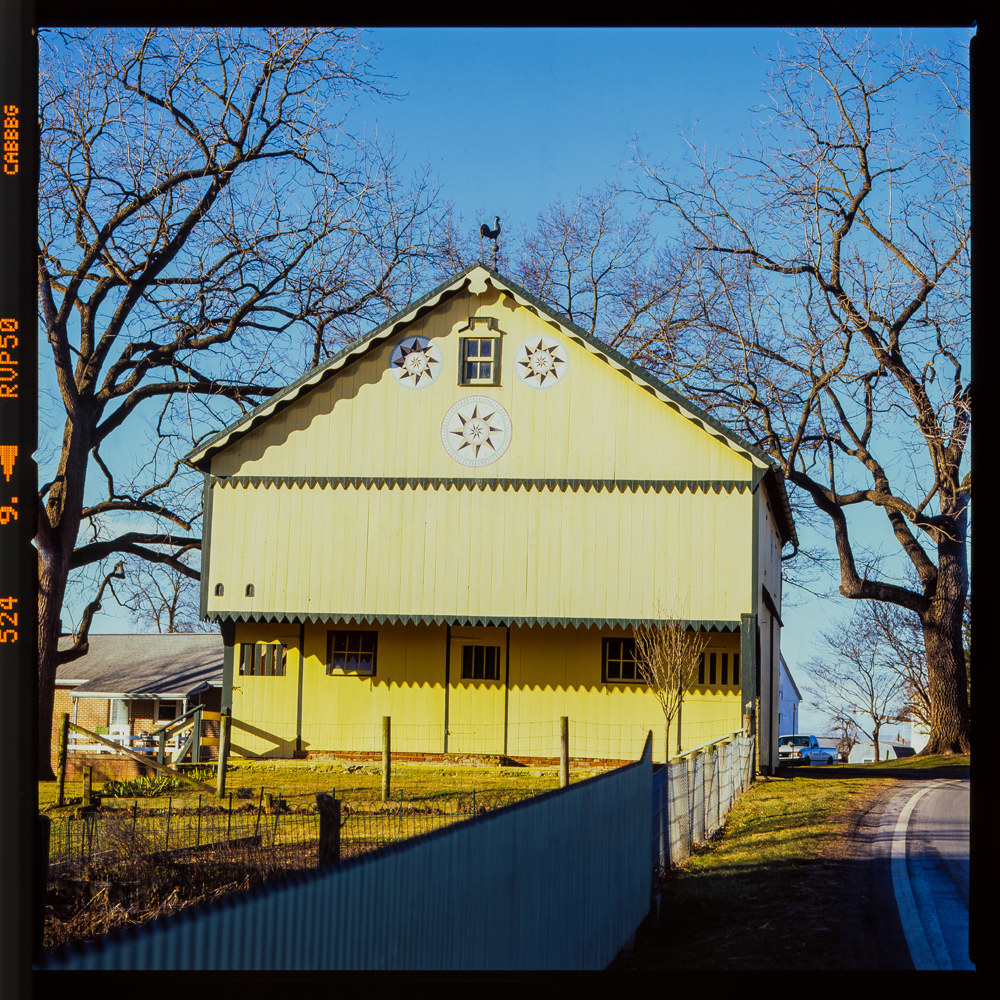
When designing in a region, we take our cues from its vernacular, landscape, and culture. The Amish builders who have occupied this region since the 1700s know what they’re doing. They make the most with the least. Their building details are worth studying and emulating. That’s what we do. And for me, these photographs aren’t just about documenting; they help me “see” the details. When you spend 5 minutes staring at the same rafter and its shadow, you absorb more of the lessons it has to teach or start asking more questions of it: why is it cut in that profile? What type of wood is that? How do you replace a rafter? I haven’t been white water rafting in years. And so on.
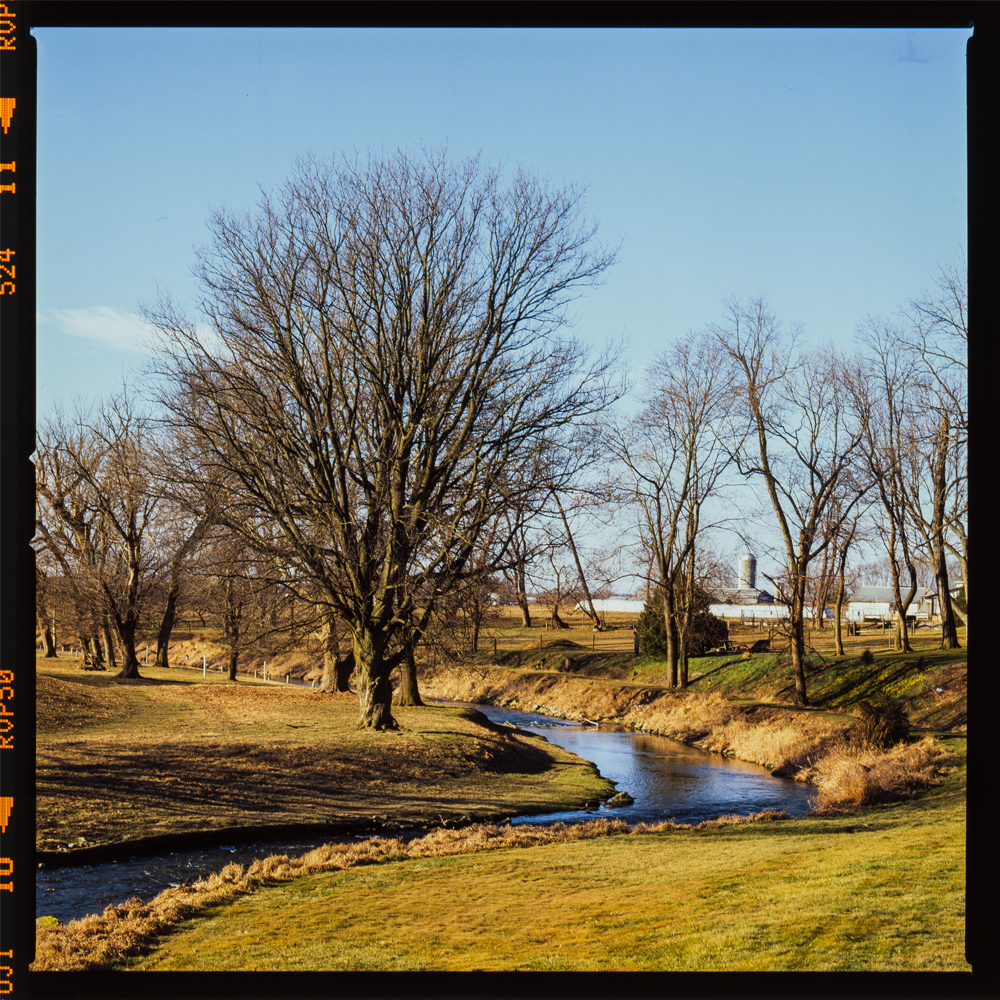
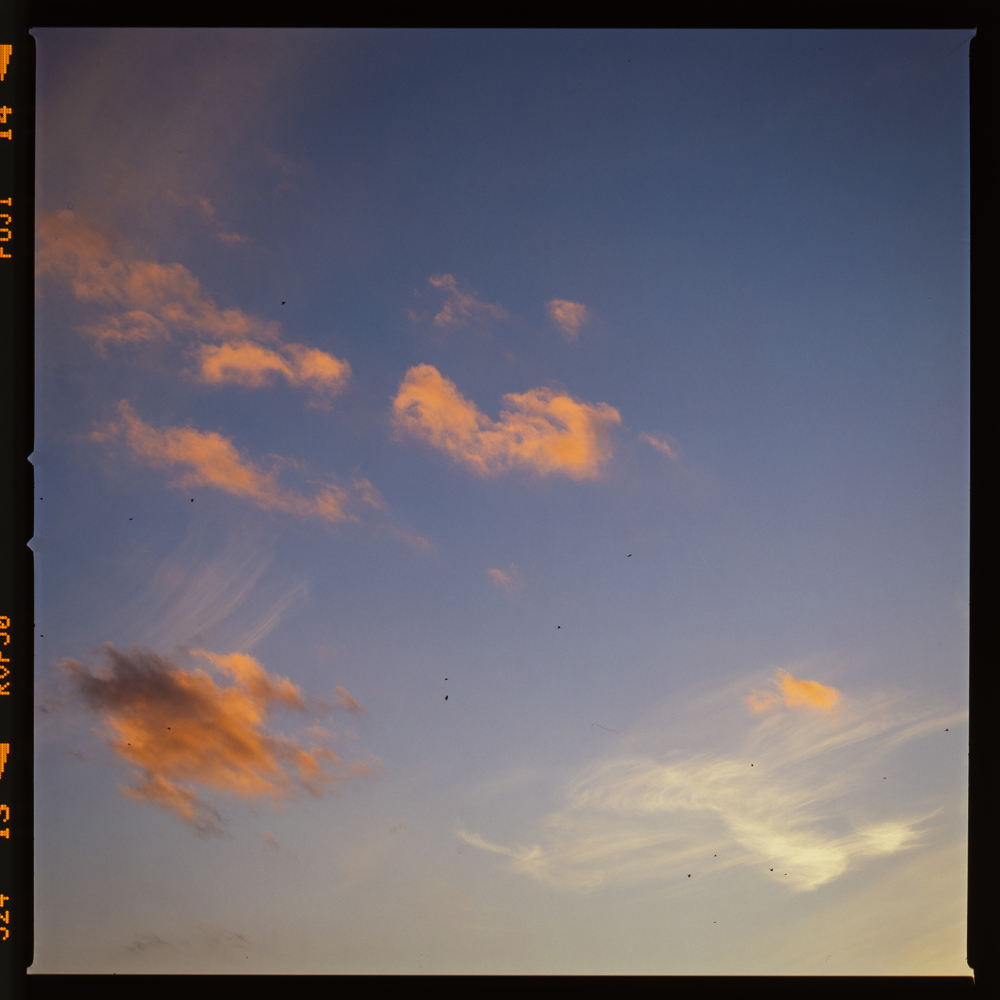
I like to bring this camera with me on site visits, because there’s always something that deserves a photograph.
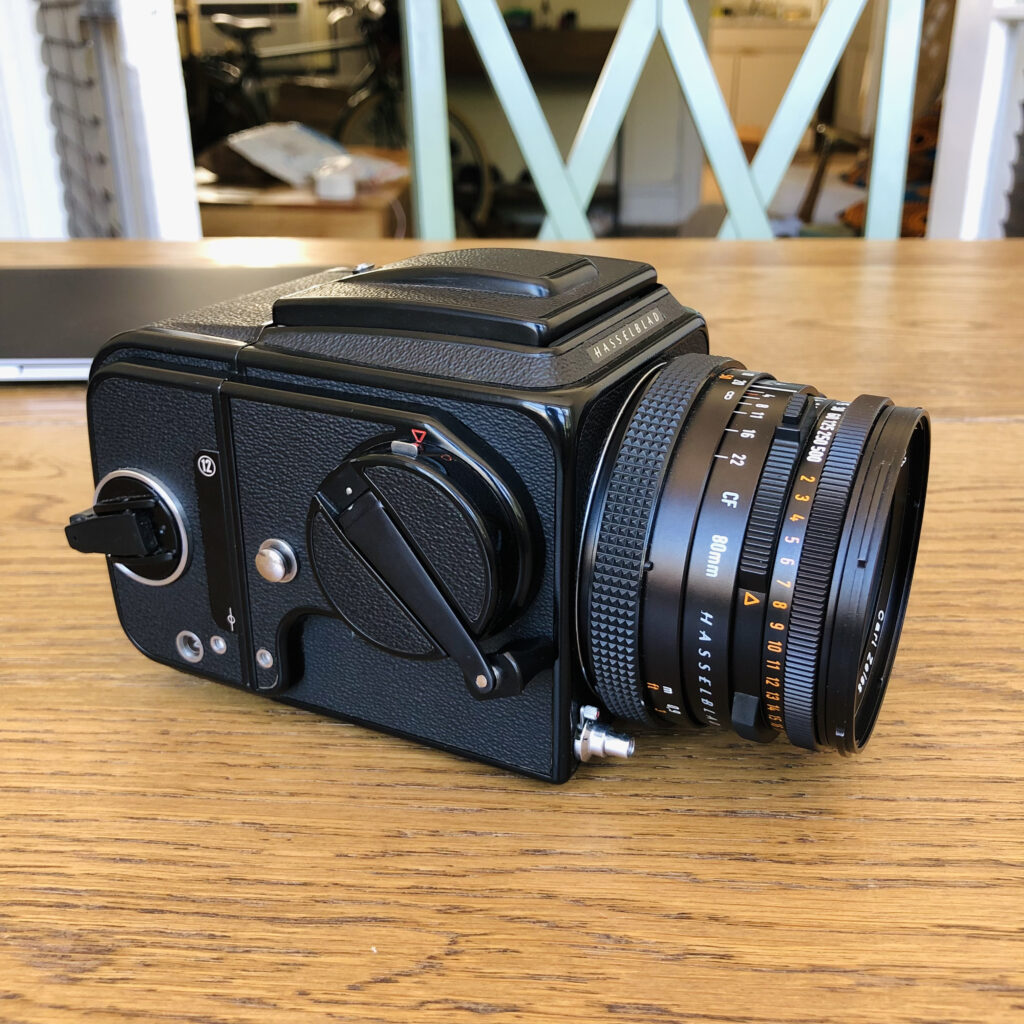
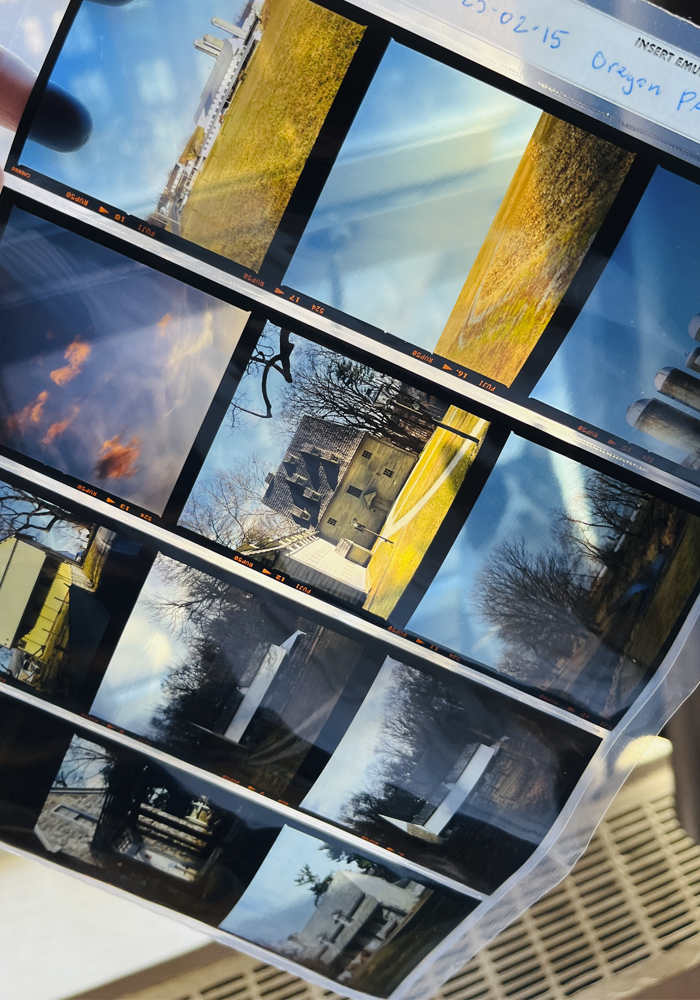
For me, the “slow photography” of film forces you to slow down and be more intentional. Rather than snapping a dozen iPhone photos at once, on average I probably spend 3-5 minutes setting up each shot. In addition to selecting what type of lens or film I want to use, there’s metering, framing, focusing, all of which affect each other in different ways. I should also mention the cost: this is a “medium format” camera, which means the film negatives are about 2″ square. The film itself costs about $1 for frame, plus another $1 to get developed, plus another, say, 50 cents to scan it (I have a dedicated, expensive film scanner, so the more shots I scan, the more money I save, at least that’s how I spin it). So, you’re looking at each photo costing on average $2.50. Imagine your phone carrier charging you $30 every time you frantically snapped those pictures of your cat! Not gonna happen.
